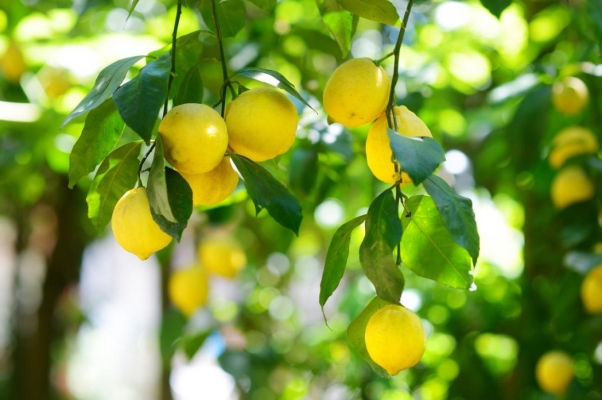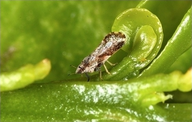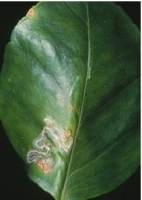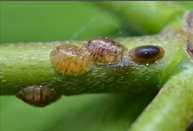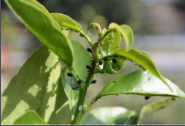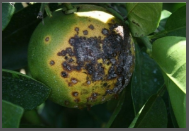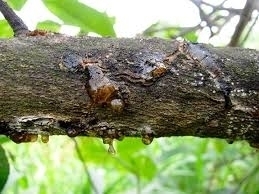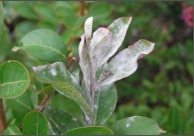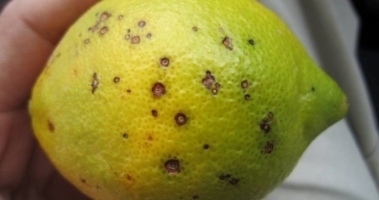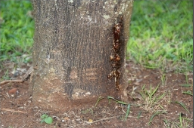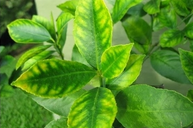General Information
Citrus is an important fruit crop. Lemon is one of the important category of citrus. It is mainly known for its pulp and juice throughout the world. Different citrus fruits are used throughout the world as food or juice. In central India, Nagpur santra is grown on a large scale. Mandarin Production states are Assam, Dibrugarh and Brahmaputra valley. In India Citrus cultivation is done on an area of about 923 thousand hectare with annual production of 8608 thousand metric tons.

